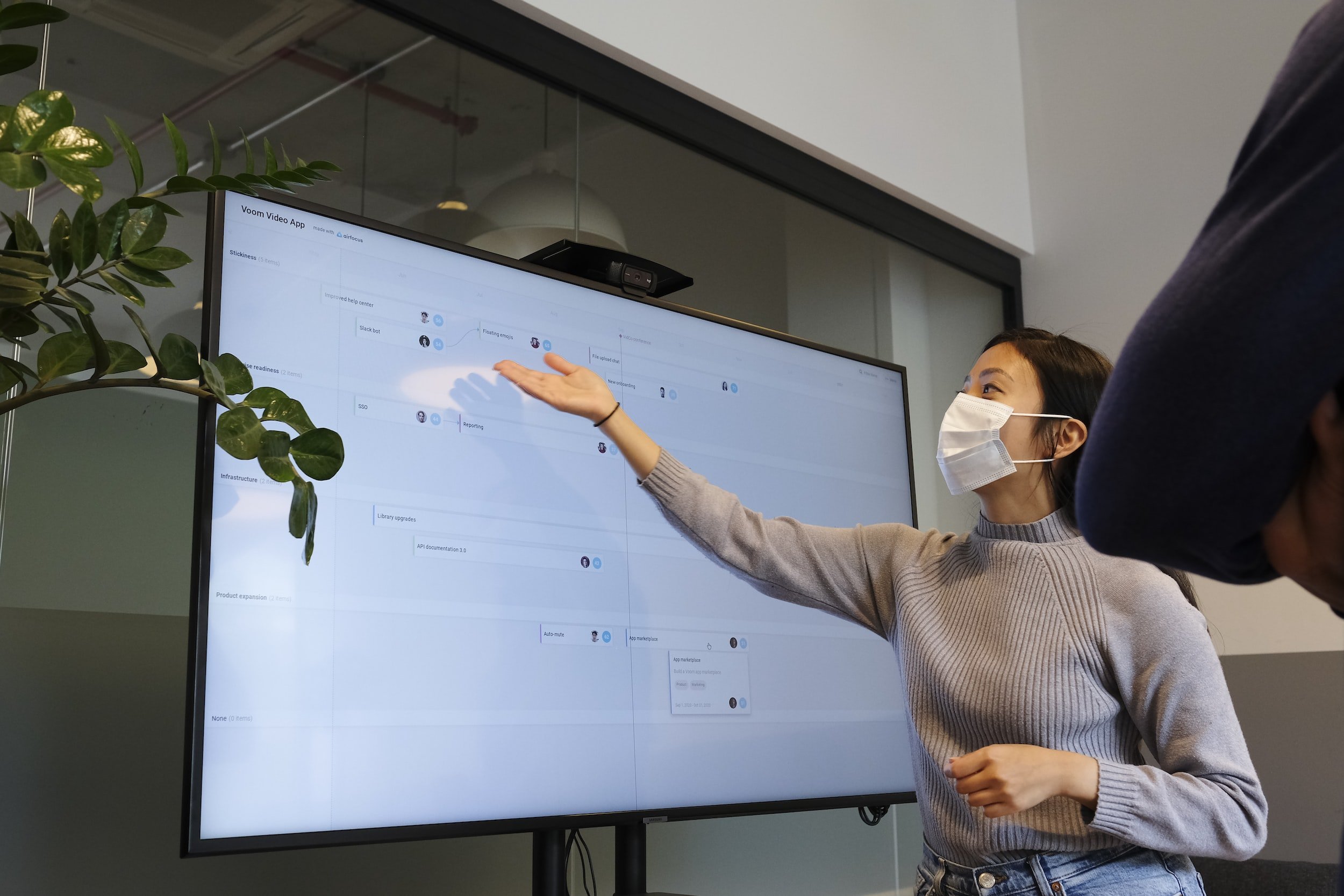Market testing your software idea
/Have a great idea of a software that can make lives better? But, no idea of how to find out if it is a good fit for users, and there is really a demand for this on the market? To find the answers read on.
The setting
Great products don’t get started with “what?”, it starts with “why?”. And, market testing for your software idea is also associated with this.
Testing your business idea is an essential first step to determining your target market and tailoring it to their actual needs. A software product needs lots of testing in its journey of being purely conceptual to a real product with real users (ideally paying users!). This is true as much for software technical as for market research. Any software product should go through a set of rigorous market testing even while it is just an idea, and then through design, prototype or fully developed stages.
The start
Writing down the basic anatomy of your product can be a good start. Breaking the whole idea into narrow parts helps a lot while integrating it as a whole. This involves finding your buyer persona, what value proposition your idea provides, and mostly, what problem it does solve and how it is unique from any others. Don’t forget to analyze your competitors and how they have tested their data and what they didn’t. Try to gather knowledge from reliable sources to have a lot of ideas to market your idea. For example, if you are thinking of making a customized ERP look at what a typical ERP RFP looks like.
Organic first
In this digital age, we have a lot of options to test the concept idea to people. Use your social media wisely in this case. Write a LinkedIn post, start a twitter thread, etc. Ask a question in quora. Ask if your idea will solve any one’s problem, Check out existing threads about software ideas related to your idea. Or just check out software idea questions generally, these might lead to some very insightful threads, here’s one about finding software ideas. Connect with communities from the appropriate social media forums where your target customer is finding solutions. This work as an organic testing which might need some time but can bring really great value for free. Remember one thing, many can like your idea but not interested in buying the product. So, this is not the end of the marketing test.
Moving forward, try to be creative with your marketing tests. Even before developing the whole product, just use the conceptual prototype with beta testers who are always curious to try out new things. Offering samples or customized takeaways can be ways of doing that.
Testing with a budget
Now, it’s time to hit the market with some real action. People liked your idea, joined for a beta test, but who’s going to buy? Create a market testing budget - as you’ll need cash up front for some of these activities.
Start with a landing page attached with a sign-up form can bring you potential customers in the early stages. Hubspot is an awesome tool for setting up free landing pages with analytics support. And if the idea flies and you do end up making the software, hubspot would be very useful to coordinate your marketing and sales effort. So it’s a good point to start. Also, use surveys to get to know the trends, what tailoring your idea needs and act accordingly. You can use a lot of free and paid tools like HubSpot's A/B Testing Kit, Google Optimize, Freshmarketer, Optimizely, Omniconvert. Crazy Egg. AB Tasty or Adobe Target.
Prototypes and walk-throughs
After you have gone through the initial steps of market testing and you see a definite need for the product you are thinking of, you need to test with something more definite. This is where prototypes come up. Instead of building out a full software, a very expensive process, you can use prototype or even a series of pictures to represent your software and seek feedback that way. There are many free and paid tools to build a prototype for your software. Proto.io is one our favourite but you can use others that less expensive or free.
Once you have the prototype you can then start using a more formal approach to testing by running user group sessions or events to show off your tool and seek feedback with surveys. Some of these can be expensive but it’s worth the investment to get early feedback not only on your product idea but also about design, interaction and usability. This is also time when you should involve a software company like us to work on the design of the interfaces and help you through the user feedback and feature identification process. We’ve helped hundreds of companies and software entrepreneurs brainstorm and design software apps.







